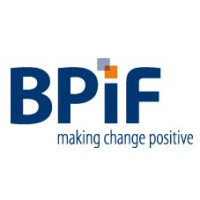The process of printing onto aircrafts is a long and complex one which touches upon many printing processes. The artwork begins its life as a Photoshop file that is sized to fit the plane – the printing company will have been sent scale measurements for preparation. The printer will then have to fit the graphics into the correct positions using digital technology, and by doing so creates hundreds of panels that will eventually be ready to be applied to the aircraft.
Ensuring the graphics look right on the plane takes precision, after all an aircraft is neither flat or 2 dimensional, rather it is tubular and rounded – the process as you can imagine is similar to having to print a map onto a globe.
The panels are generally 2m x 1.3m anything larger increases the difficulty of accuracy, when you’re standing on the side of a plane – there isn’t much room to hold the image out in front of you for perspective– it just becomes a blur of colour – making it all too easy to confuse the panels and make mistakes.
One mistake at the start of the process is very costly and therefore stringent checks are undertaken (imagine 48 meters down and you realise there is a mistake in the first 5m). To combat this issue panels are printed with an assigned letter and number which references to the row that the panel belongs, and its position within the row, for example A1 is the first panel on row A.
Another huge challenge for the jumbo jet wrap printer is ensuring the durability of the decals. During flight, temperatures can range from -70 to 60 degrees Celsius with speeds of over 600mph, combine with that regular severe pressure differentials and the fact that any compromised edge could be the cause of a catastrophic, fatal accident – it is crucial these tasks are performed with total focus and as near to perfection as possible.
Once the panels are all painstakingly placed to millimetre precision – any panels near windows or doors are trimmed back and sealed, the others are then sealed with a brush on liquid.
Because of the variances in pressure during flights –a specialist perforated film which technically allows the graphic to expand and contract during pressure changes is applied for a final finish.
